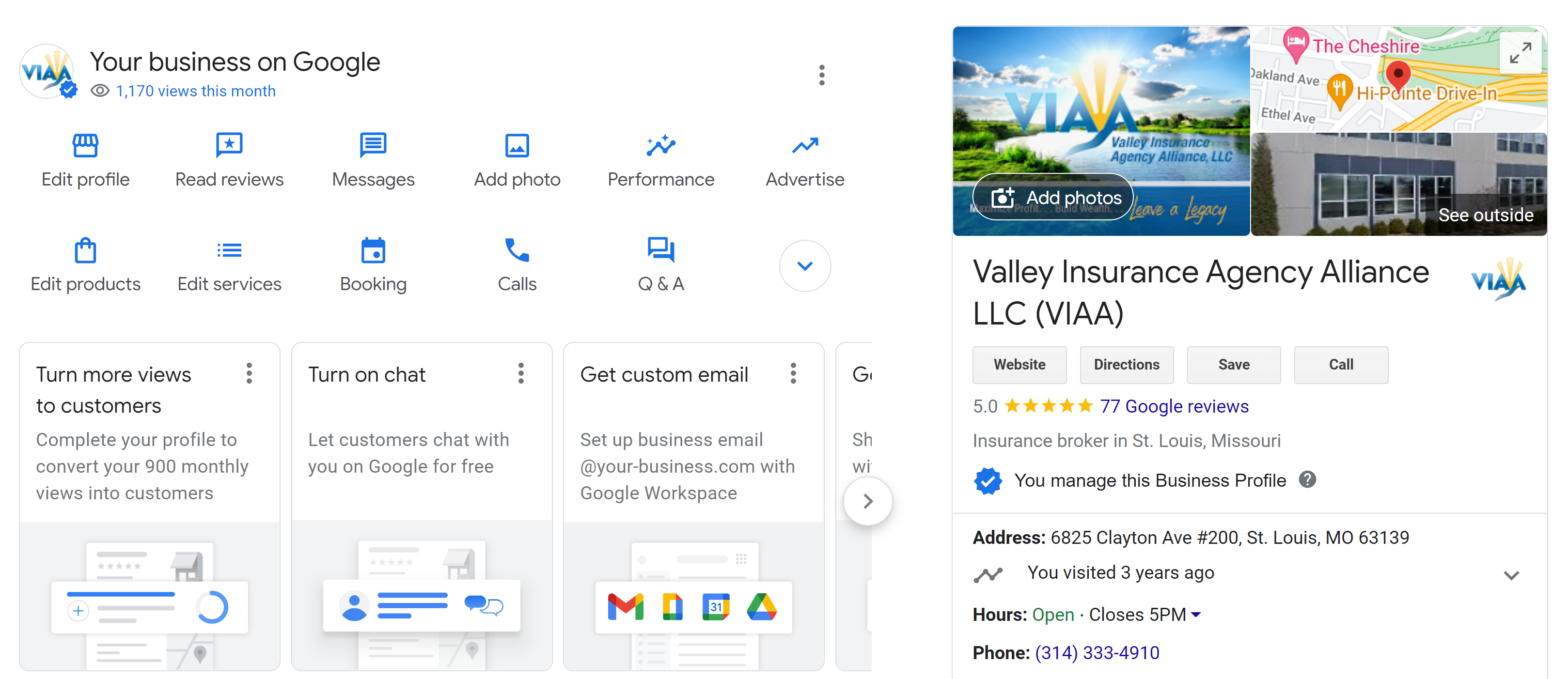When looking at a new piece of business or trying to remarket your clients, it is important to pay attention to their policy form as it could drastically effect how a loss is handled at the time of a claim. The two most common policy forms we see today for a homeowner policy are an HO3 or an HO5. Which one should you use, and what is the difference? Here’s how it breaks down:
The HO3 is a Named Perils policy, which means you’re covered ONLY IF the loss you have is specifically named in your policy. There are 16 named perils in the HO3:
- Fire or Lightning
- Windstorm or Hail
- Explosion
- Riot or Civil Commotion
- Aircraft
- Vehicles
- Smoke
- Vandalism or Malicious Mischief
- Theft
- Falling Objects
- Weight of Ice, Snow or Sleet
- Accidental Discharge or Overflow of Water or Steam
- Sudden and Accidental Tearing Apart, Cracking, Burning or Bulging
- Freezing
- Sudden and Accidental Damage from Artificially Generated Electrical Current
- Volcanic Eruption
The HO5 removes many of the limitations of the HO3, adds new coverage, and expands existing coverages such as a higher limit for jewelry items and business personal property. HO5 policy forms are recommended for higher value homes where the replacement cost is $500,000 or over. Many coverages that are available by endorsement on the HO3 are automatically included on the HO5. For example, the HO5 automatically includes replacement cost coverage on contents. While the initial price tag of the HO5 may be higher than the HO3, the total long run cost of an HO5 is generally lower.
Important – Each carrier has their own automatic coverage inclusions on their own HO3 and HO5 policy forms. The information provided here is for ISO standards. Make sure to check with each carrier for their specific differences.
The HO5 not only provides broader coverage, but can also simplify the claims process. With claims, a benefit of the HO5 is that the client no longer has to prove that the damage to their property was caused by one of the named perils. This can take a lot of the uncertainty and headache out of adjusting a loss.
An example of how a claim would be handled under an HO5 versus an HO3: While a family was away on vacation, a deer charged through a sliding glass door at their home. The injured animal proceeded to destroy virtually everything in the living room and kitchen including the furniture, television, and appliances. The loss was fully covered under the homeowners HO5. An HO3 would have had this homeowner paying out of pocket to repair and replace these belongings. While this isn’t a likely scenario, it helps serve as proof that there are countless (almost unimaginable) ways your personal belongings could be damaged by things other than the sixteen named perils.



